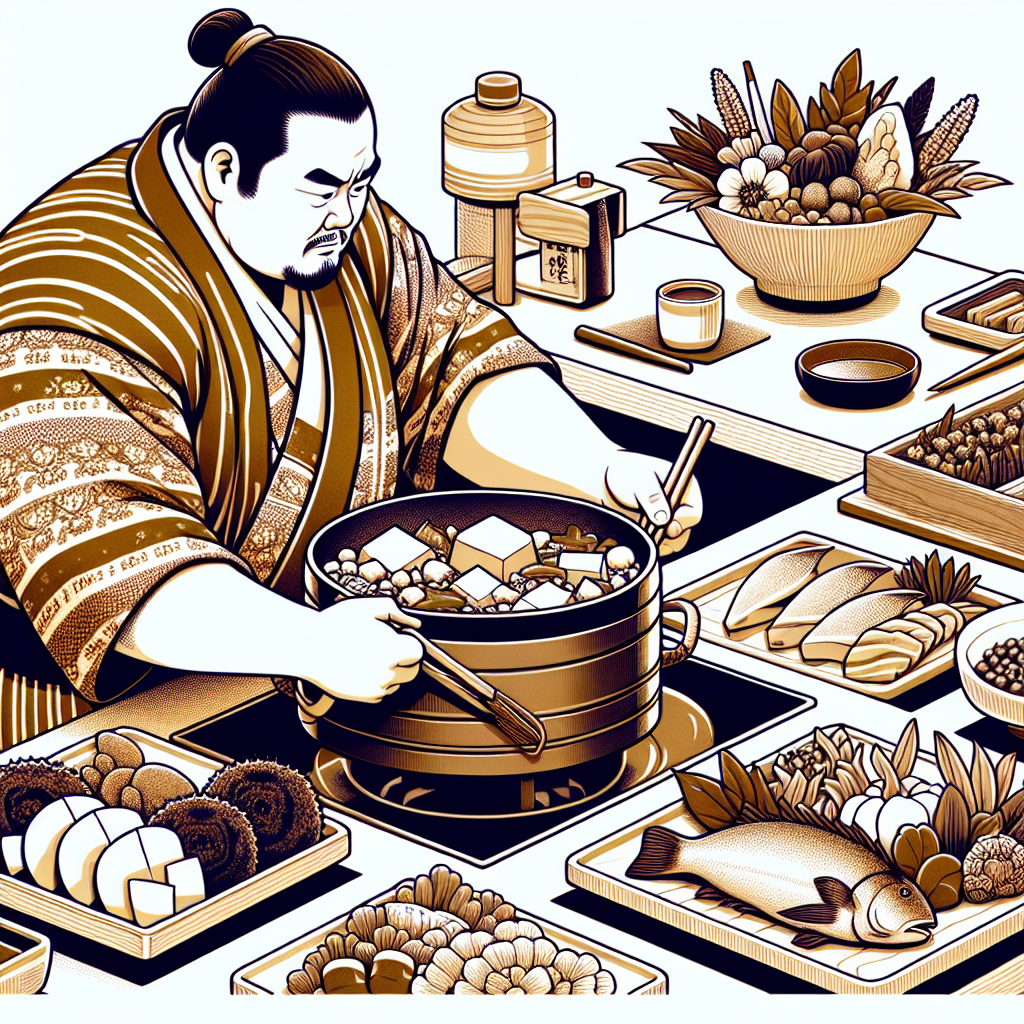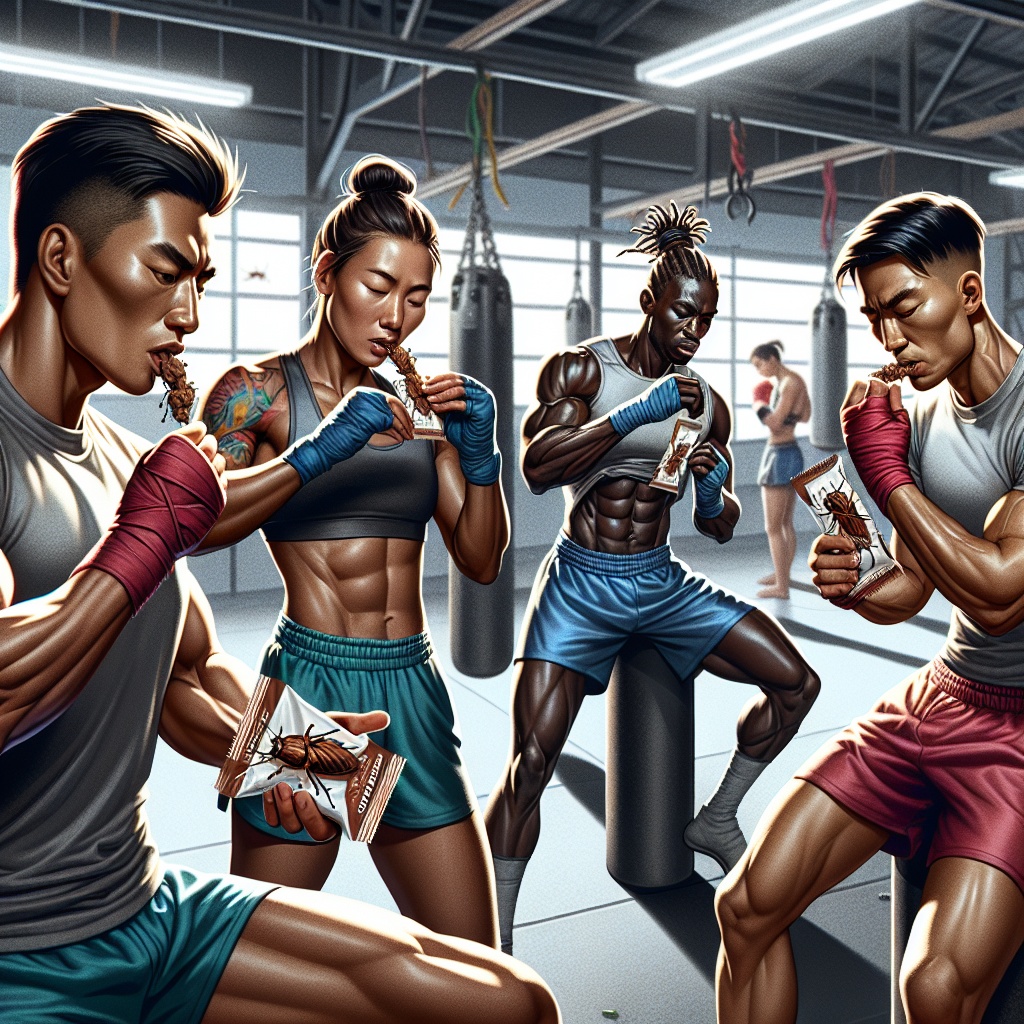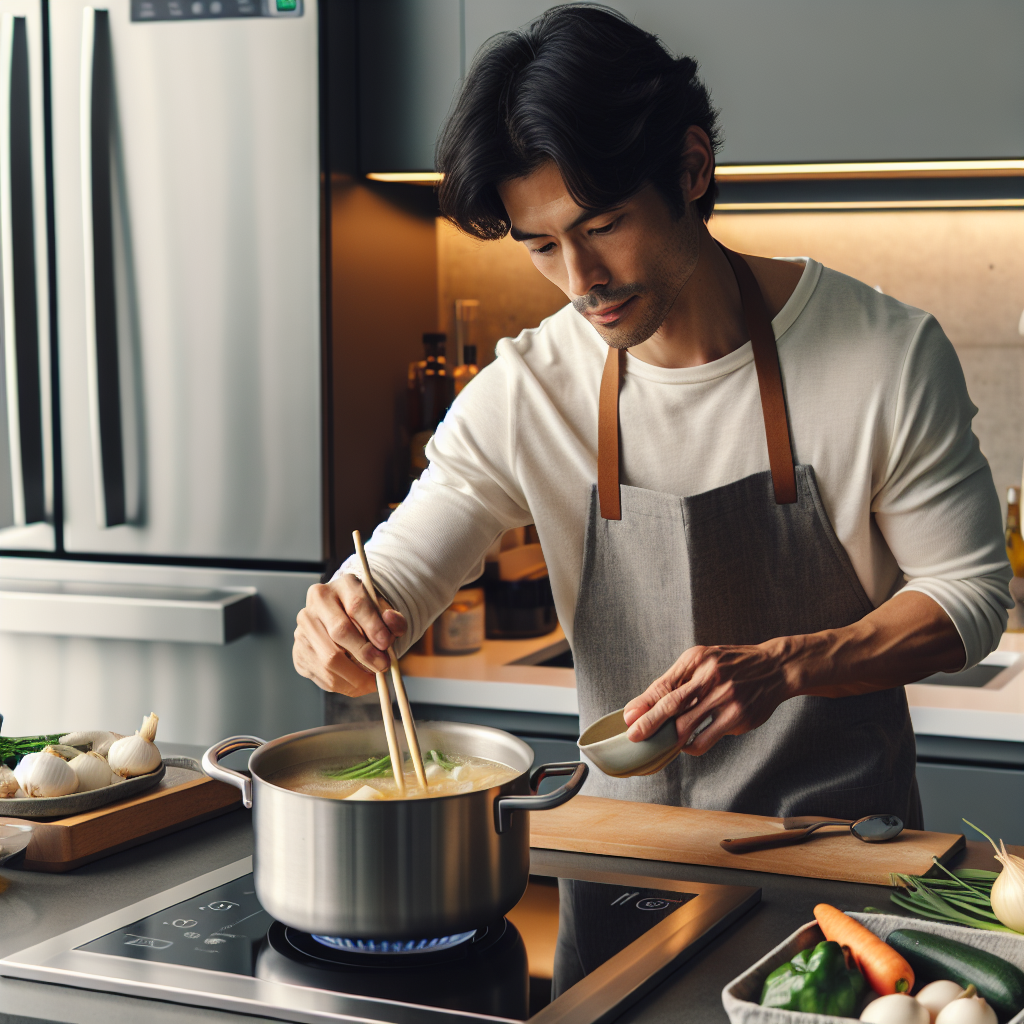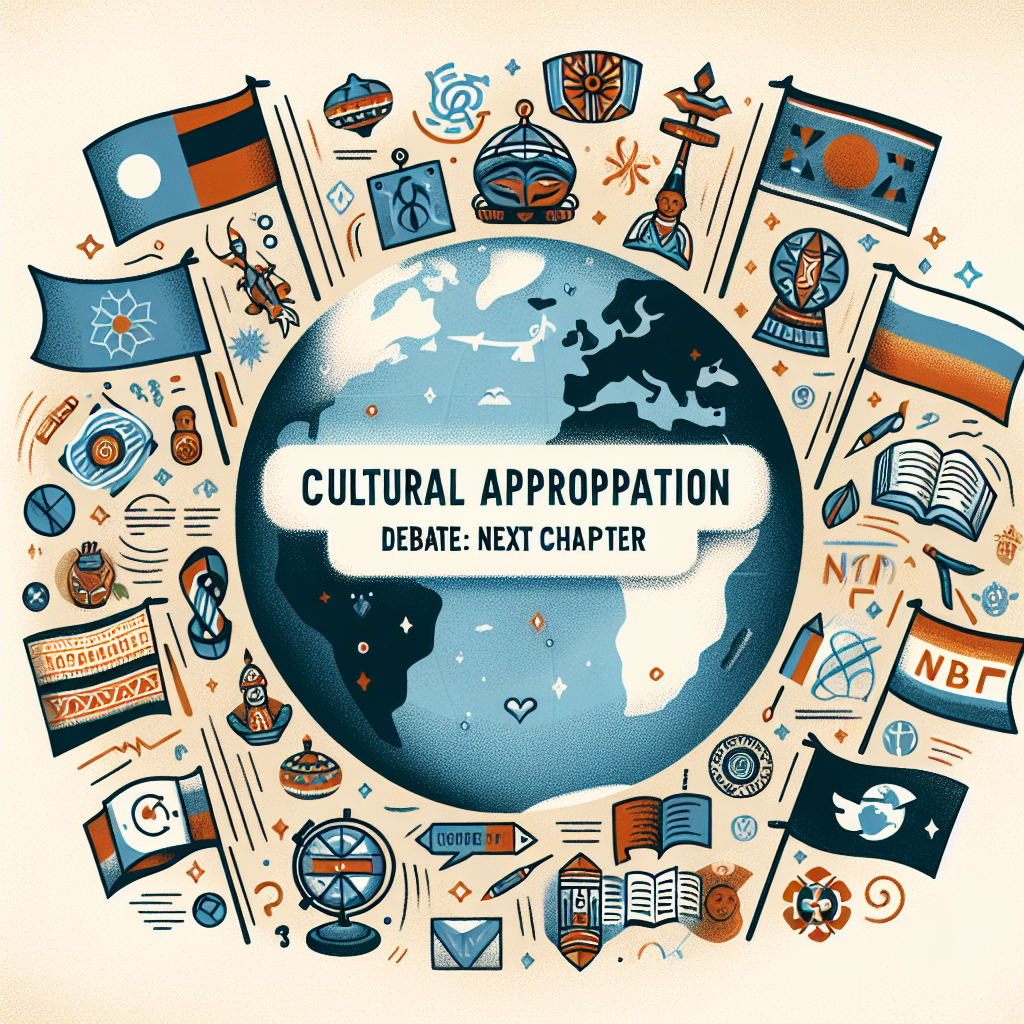As our world becomes increasingly globalized, we are faced with a host of complex debates – chief among them is the controversy over cultural appropriation. In this particular investigation, we take an unusual angle by delving into how this discourse affects sports, specifically through traditional martial arts’ food cultures.
Ancient fighting styles were not just about physical prowess–they encompassed holistic philosophies that included dietary practices. Honor was found not only on the mat but also at the meal table where specific foods were consumed for physical and spiritual sustenance.
Culinary Tradition
The crux of this discussion begins with understanding these traditions. For example, Japanese Sumo wrestlers follow a strict regimen called ‘Chanko-nabe’. This meal includes diverse ingredients like fish, meat, tofu and vegetables cooked often in large hot pots within their stables or training quarters.

Cultural Roots
These recipes have deep roots in respective regions’ histories and societies. Chanko-nabe originated in Edo Japan around 17th century where it served as a nutritious yet practical solution for feeding stable-fulls of hungry wrestlers collectively without impeding on their rigorous training schedules.
Modern Evolution
As these martial arts gained international popularity, so did their associated food cultures. However, modifications occurred due to regional adaptations or personal preferences raising questions about authenticity versus evolution.
Key Ingredients
In native cricket protein bars used by Muay Thai fighters in Thailand, for instance, western adaptations often substitute cricket flour with more conventionally accepted protein sources, much to the dismay of purists.

Preparation Methods
Even preparation methods vary. While traditional Chanko-nabe is supposed to simmer slowly over hours while wrestlers train; modern training schedules outside Japan may dictate a quicker preparation or even consumption of pre-prepared versions.
The cultural significance of these foods is not lost on those who continue to follow these dietary habits as closely as possible. They see it as an integral part of their training, a way to connect to the roots and philosophy behind their martial art.
This clash between tradition and evolution has fueled ongoing debates about appropriation versus appreciation especially with the increasing commercialization and commodification of such food traditions in popular culture.

We talked with several experts from different fields–anthropologists, sports nutritionists and seasoned athletes–who acknowledged these complexities but also reiterated that exchange is intrinsic in global cultures. Interpretation rather than replication was deemed critical when adopting foreign elements into local practices.
<10>Personal ExperiencesRyota Takeda, a third-generation Japanese-Canadian Sumo wrestler based in Vancouver shares his experiences maintaining balance between holding onto tradition whilst adapting realities of his Canadian upbringing: “I try making my own Chanko-nabe at home using locally sourced ingredients which aren’t exactly same as back in Japan but makes me feel closer to my roots.”<11>Cultural PreservationThe preservation debate hinges on respect towards original customs yet also acknowledging inevitable influences cross-cultures bear upon each other. It comes down ultimately individuality within collectiveness; personal rites within shared rituals.
As we move forward in this globalized world–our sports, our foods and us intertwined more than ever before–we’ve to navigate these conversations with respect, understanding and openness. Our investigation reveals the truth: there are no easy answers but it is a dialogue that must continue.

